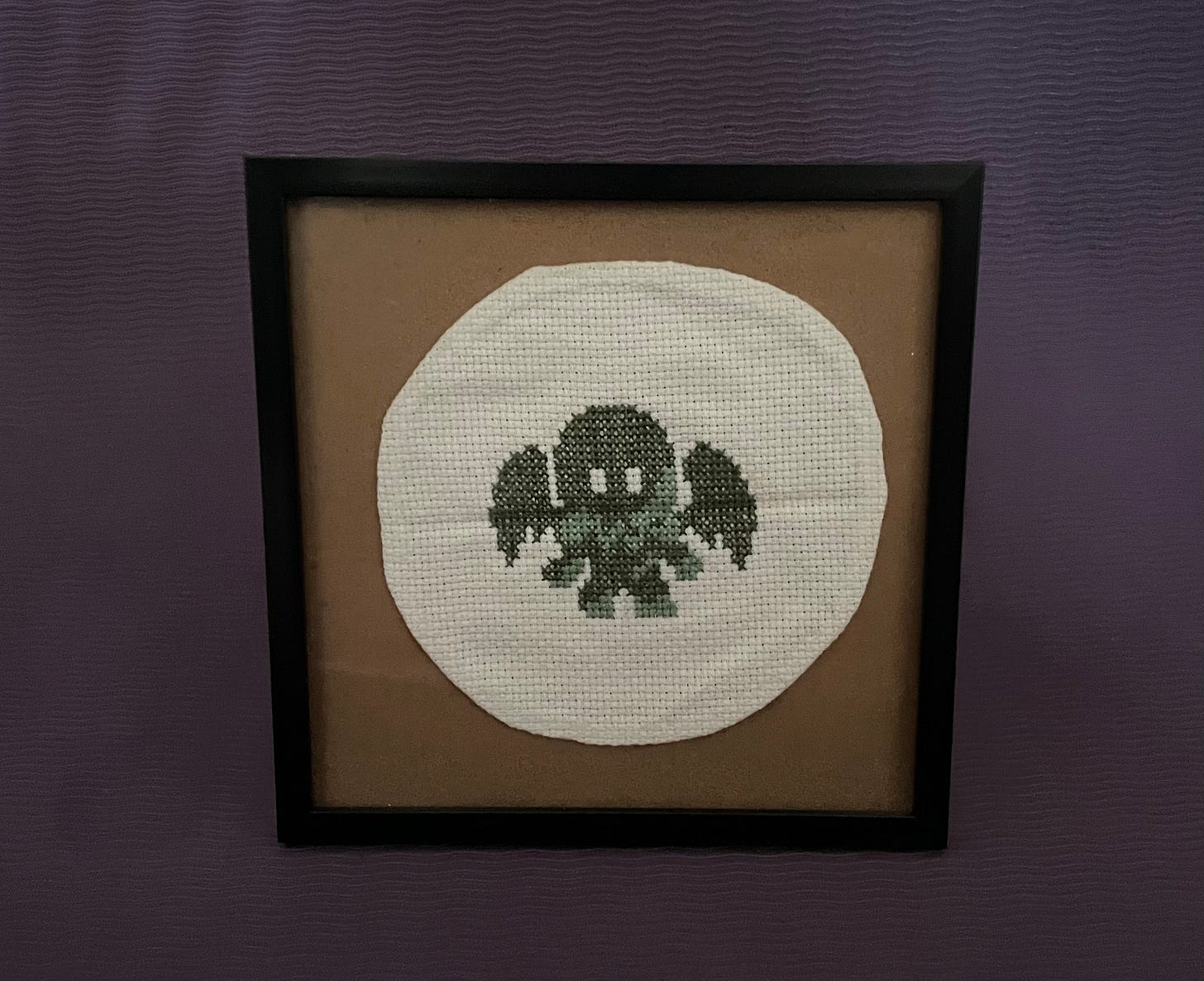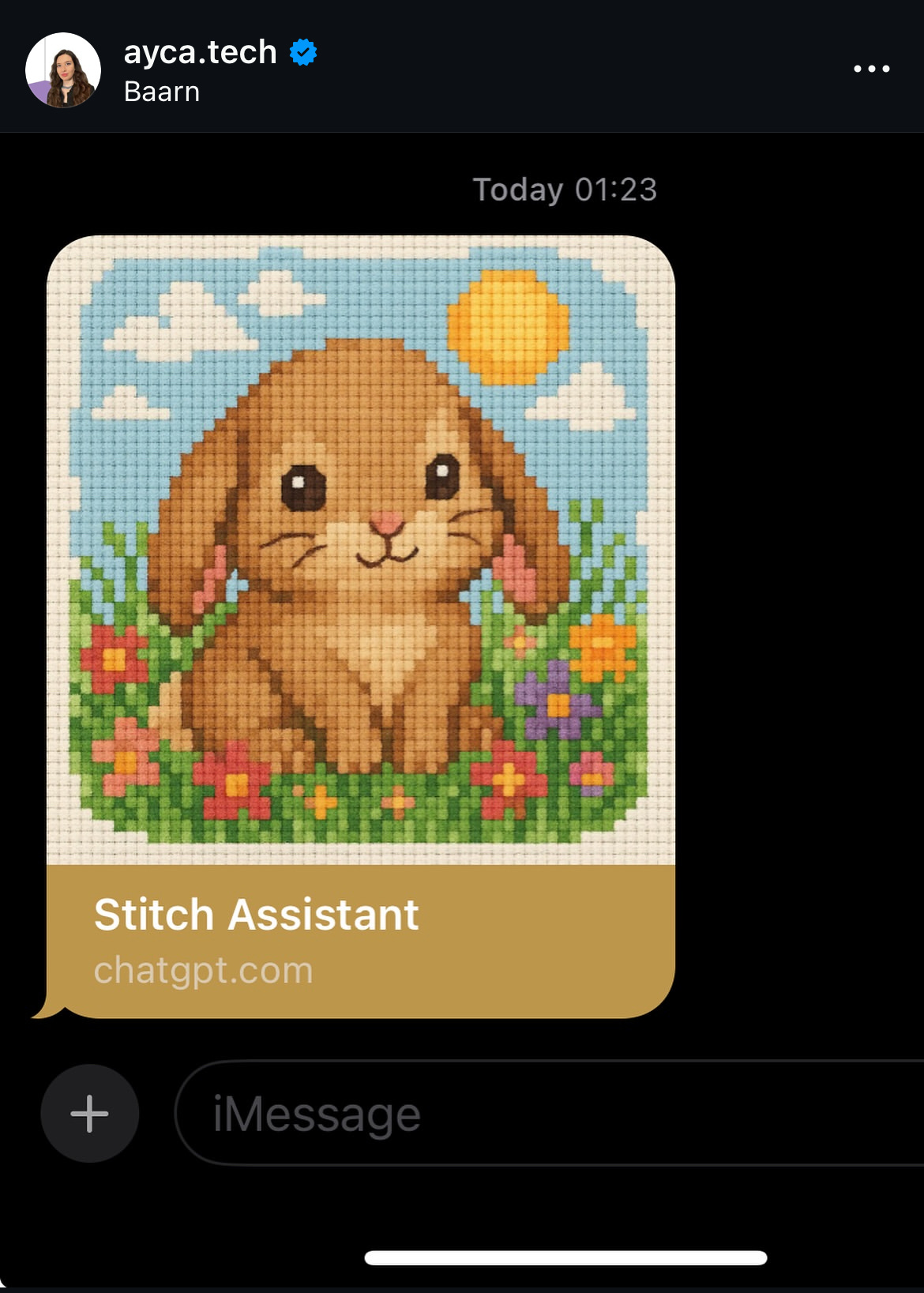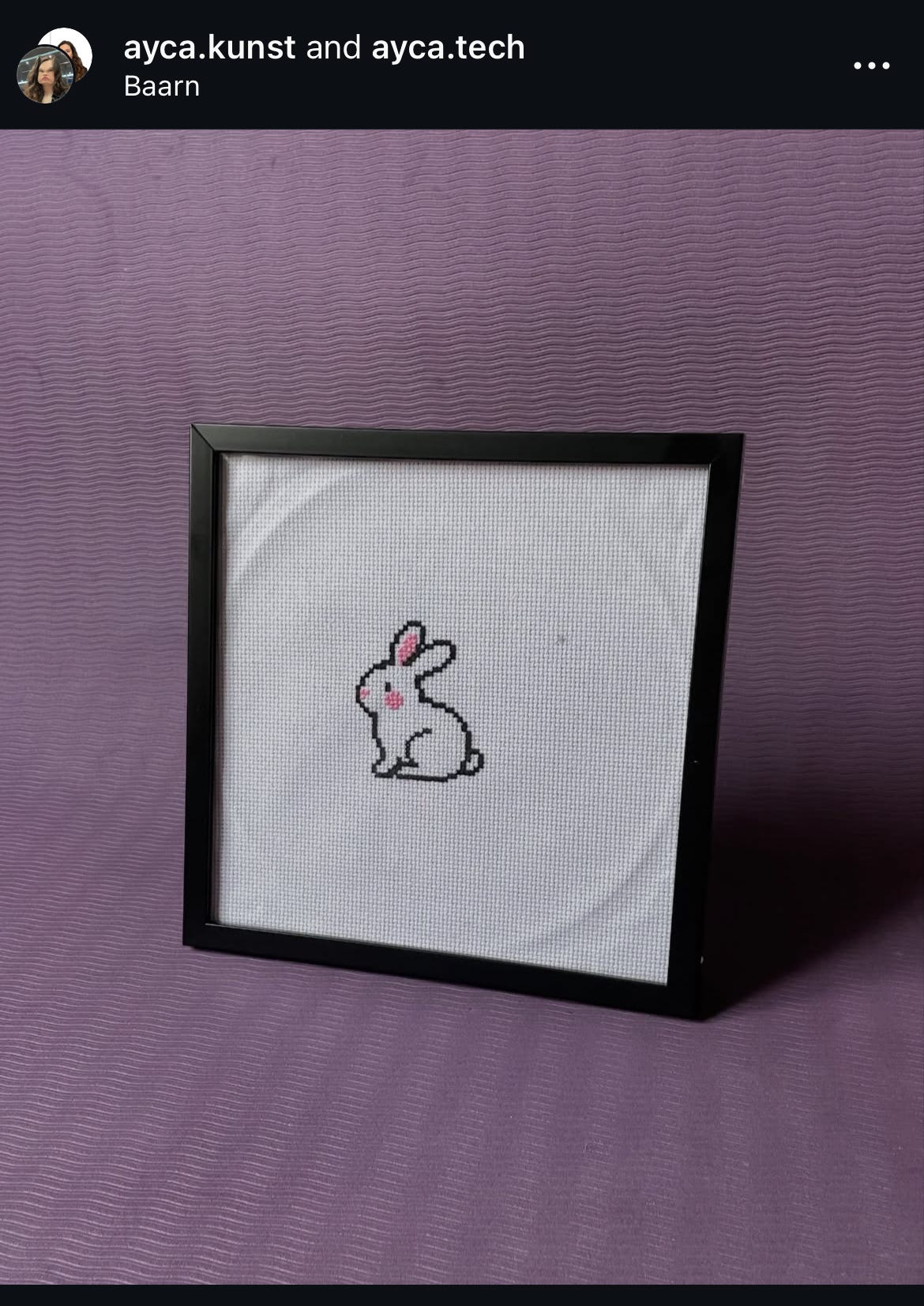Every day, packages travel oceans to reach our doorsteps. Wine bottled in Europe finds its way to distant tables across the world. Messages travel anywhere in the world in a heartbeat. So simple, so seamless, so ordinary.
We often take for granted the technology that surrounds us. Beneath this convenience lies a vast and invisible architecture. Cargo ships, satellites, fiber optic cables stretched across ocean floors working together.

The internet itself might be the closest thing we have to magic. As AI enters daily life, the borders between the visible and invisible grow even softer.
It’s quite a miracle when you think about it. None of this technology existed two centuries ago.
Is it all perfect?
This is also a good moment to reflect on the fragility of the systems we’ve built.
Only when something falters: a shipping blockade, a tariff shock, a sudden blackout… do we glimpse how delicate these threads really are. In 2021, a ship blocking the Suez Canal disrupted billions of dollars of trade within days. In April 2025, massive blackouts hit Spain and Portugal, left cities in dark, grounding flights and showing how dependent we remain.
What makes us still relevant?
When I was in high school, one of my favorite shows to watch with my mother was Revolution. The series was about a world where electricity vanished overnight.
It was a fascinating thought experiment, a world where professions lost their meaning overnight and how fast (smart) people adapted. All those fancy jobs had no tools. Engineers with low-level hardware knowledge became much more valuable (again).
Watching that series, I remember wondering: what would I do? What work would survive a power outage? What skills stay useful when everything resets?
I think the answer lives in soft skills: human-to-human communication, the ability to create, coordinate and build things together.
Years later, as a Creative Technologist and Futurist working with artificial intelligence, I continue to test that idea while inventing jobs that did not exist before. It is fun.
We have become invisible builders, constructing bridges across rivers and also across oceans of meaning between our minds.
We carry goods. We share stories. We exchange dreams, through steel, silicon and light.
I have never lived without electricity for more than a day, though I spent a college year without internet at home. We’ll come back to this later.
Oversimplifying Semiconductors
Studying semiconductors while being somehow semi-offline still makes me smile. I want to talk about that.
Let me simplify semiconductors for you, that is one of my favorite topics.
A semiconductor can both conduct and resist electricity depending on how we treat it. This dual nature lets us create tiny switches that turn signals on or off. It begins with sand, silicon dioxide. Once purified, silicon is sliced into thin circular wafers.
Here’s how it works:
Tiny amounts of impurities are added to make the wafers behave differently. Remember it is not a conductor or an insulator, it is a semi-conductor.
When we add atoms with extra electrons (like phosphorus), we create areas that are more conductive, called n-type regions
When we add atoms with fewer electrons (like boron), we create p-type regions, which act like spots where electrons are missing or “holes”
Using specialized methods, we carve microscopic patterns into these wafers. The result is a chip, a tiny surface holding billions of switches.
When they work together, they can store memory, perform calculations and drive everything from washing machines to spacecraft.
This is an oversimplification, of course. Entire careers are built on understanding just one layer of what I described here. Understanding semiconductors helps us see how the modern world runs on something truly remarkable.
The device you're reading this on, your phone or your laptop, runs on this material. After so many steps in between, we can talk to each other today.
I love that.
Technology amazes me.
My Semi-Offline Time in College
Thinking about these invisible systems often brings me back to a quieter moment in my life. As I said earlier, I lived without an internet connection at home for an entire year in college. I was semi-offline. What is it? I would download Spotify playlists to listen at home or tune into the radio.
That year taught me something I didn’t know I needed to learn: how to be connected without being chronically online.
In the evenings, I would watch selected films by “famous” directors. That kept me entertained and I believe, helped me grow artistically. I didn’t know I loved Bergman’s films until I gave myself the time to pay attention. I strongly recommend Scenes from a Marriage to anyone who wants to sit with slow-burn feelings.
I also tried cross-stitching. I still have a cross-stitch pattern piece I made back then: a tiny Cthulhu
I think this gave me a sense of progress, focus and calmness.
My screen time never truly disappeared. I’m a Creative Technologist, after all. This year, I’ve set the intention to soften my relationship with technology.
In Spring 2025, I’ve been thinking more seriously about the constant accessibility, the pull toward urgency. I felt the wear on me. I started craving something else to look at.
That’s when I remembered those stitched hours and I built a cross-stitch assistant. You can find it in the GPT Store. It helps anyone generate their own cross-stitch patterns. Let me know if you try it.
One of my first creations was a small rabbit. It helped me to focus and I believe it was good for my brain.
If you’d like to own a small physical part of internet history, let me know :)
Digital Village
It wouldn’t be so wrong to say we now live in a very small digital village or isolated villages.
We know everything about anything instantly. That awareness brings responsibility which is great, it can also overwhelm.
Not every crisis is ours to carry. Not every headline needs to feel like it’s happening in our living room.
Sometimes it’s good to focus on what’s within reach. Wherever you are, whoever you are, know that: there is an impact you can create.
I often think about my grandmother. She probably knows around 300 people in her lifetime and she made time to know some of them deeply, personally.
Today, we can “know” 3,000 people by name online and still feel lonely. Real connection takes time and softness and a bit of patience.
We don’t have to agree on everything. We share the responsibility to listen each other and to give things time.
Sometimes it feels like everyone is treated as an option. We believe we can switch environments and find “better people” instantly. In reality, there are only a few people in each of our lives with whom we can build something lasting.
I want to remember that real connection lives in the space between us.
My recent artwork
I recently made an artwork called Convenience 2025.

It’s two hand-stitched flowers on disposable paper bags, a tulip and a lavender.
The kind of bags you use once and throw away.
Soft, crinkly, forgettable.
Here, they hold something else.
Care, time, texture.
Something slow.
It holds a small question:
What happens when we give time to the things we’re taught to overlook?
So take a breath and let your mind wander.
Just act normal, that’s crazy enough :)









